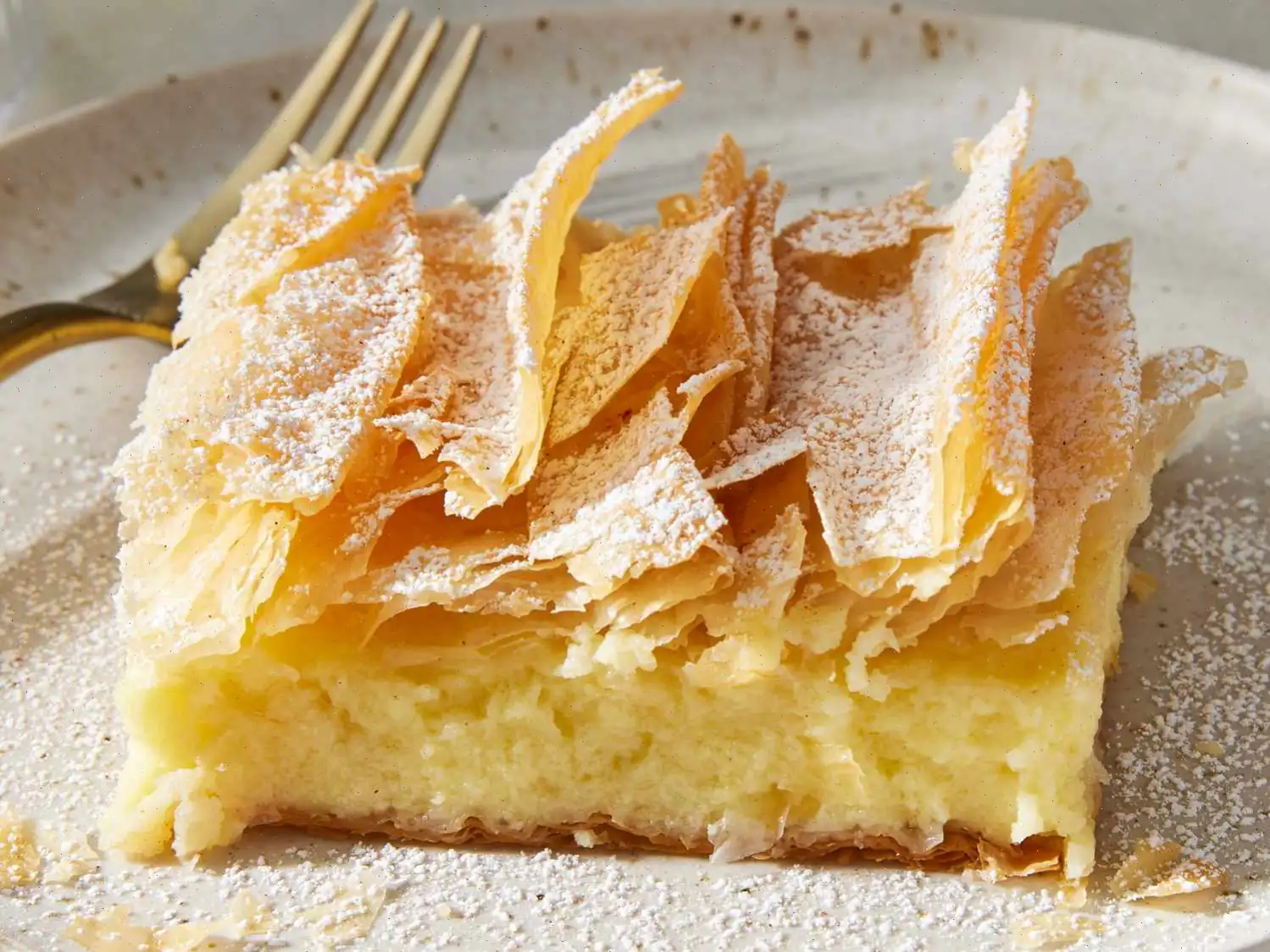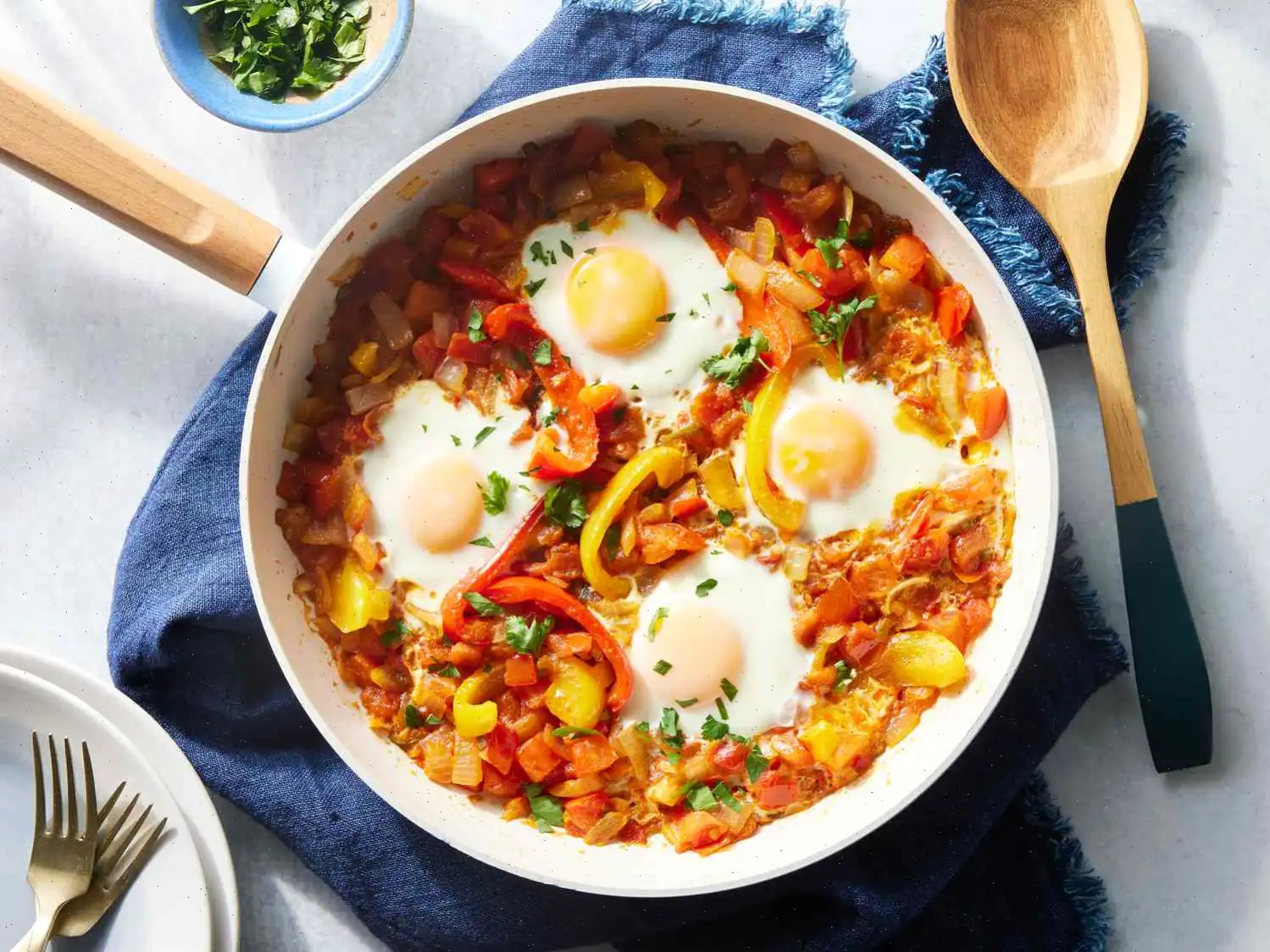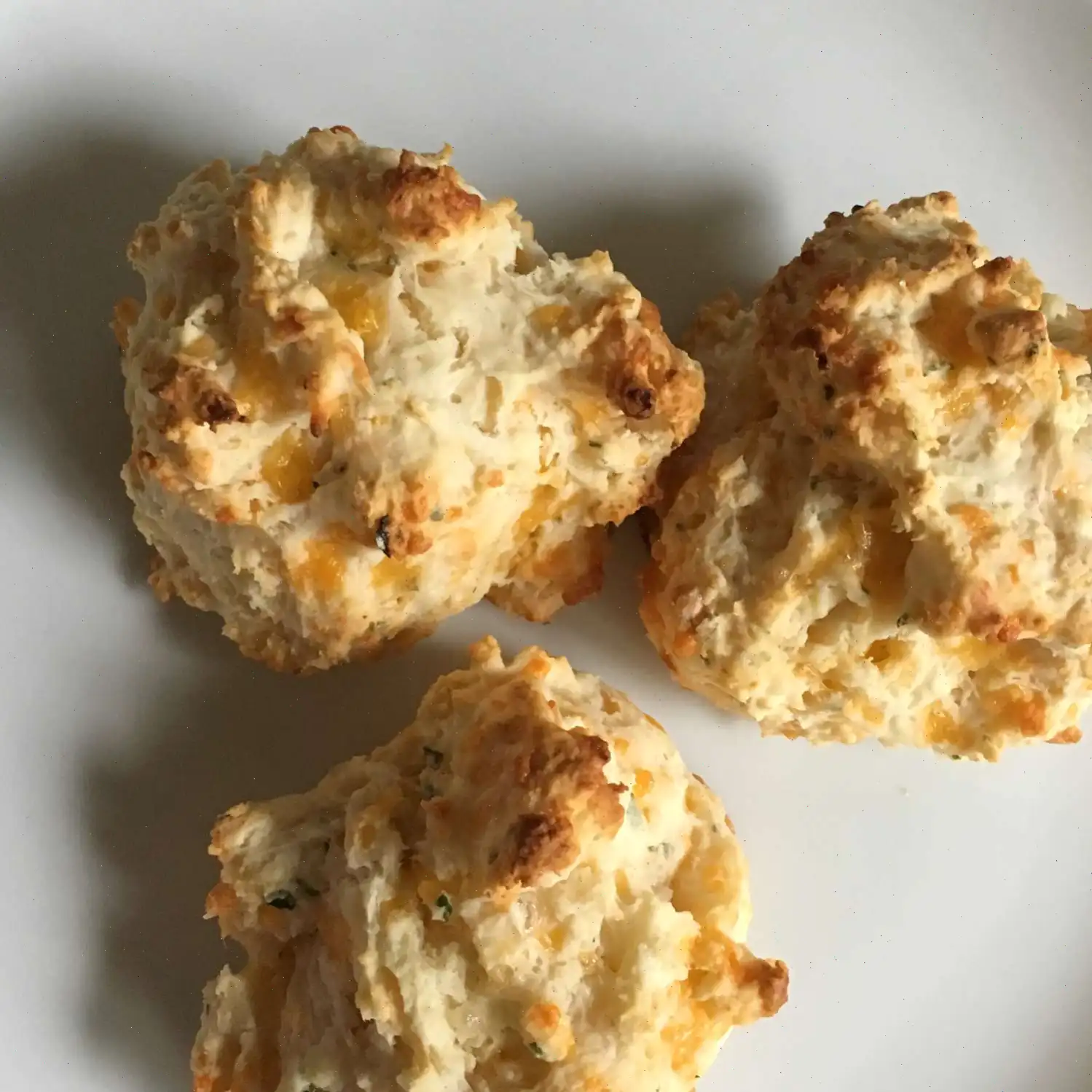
Japanese-Style Fluffy Pancakes Recipe
Recipe: Pancakes
Ingredients
This recipe was developed at its original yield. Ingredient amounts are automatically adjusted, but cooking times and steps remain unchanged. Note that not all recipes scale perfectly.
- 1 cups all-purpose flour
- 2 teaspoons baking powder
- 2 eggs
- cup brown sugar
- cup milk
- teaspoon vanilla extract
- 1 teaspoon oil, or as needed
Directions
Follow these steps for perfect pancakes:
- In a bowl, mix together the all-purpose flour and baking powder until well combined.
- In a separate bowl, beat the eggs and brown sugar using an electric mixer on medium speed until smooth and fully blended.
- Gradually add the flour mixture to the egg-sugar mixture. The batter will start to thicken quickly.
- Slowly pour in the milk and stir in the vanilla extract, blending until smooth.
- Heat a lightly oiled griddle or frying pan over medium-high heat.
- Working in batches, drop large spoonfuls of the batter onto the griddle. Cook until bubbles form on the surface and the edges begin to dry, about 3 to 4 minutes.
- Flip the pancakes and cook for another 2 to 3 minutes, or until browned on both sides.
Nutrition Facts (per serving)
| Calories | 282 |
| Total Fat | 4g (5% Daily Value) |
| Saturated Fat | 1g (7% Daily Value) |
| Cholesterol | 96mg (32% Daily Value) |
| Sodium | 300mg (13% Daily Value) |
| Total Carbohydrate | 52g (19% Daily Value) |
| Dietary Fiber | 1g (5% Daily Value) |
| Total Sugars | 16g |
| Protein | 9g (19% Daily Value) |
| Vitamin C | 0mg (0% Daily Value) |
| Calcium | 215mg (17% Daily Value) |
| Iron | 3mg (17% Daily Value) |
| Potassium | 164mg (3% Daily Value) |
* Percent Daily Values are based on a 2,000-calorie diet. Your daily values may be higher or lower depending on your calorie needs.
History and Origins
Japanese-style fluffy pancakes, often referred to as "souffl pancakes," first gained widespread popularity in Japan during the early 2010s. However, their origin can be traced back to the French souffl, which is known for its airy, puffed-up texture. The Japanese version of these pancakes takes inspiration from the souffl, but with a unique twist: the pancakes are thicker, softer, and more substantial. The pancakes are typically cooked on low heat, allowing them to rise high and achieve that signature fluffiness. The trend started in cafs in Tokyo, where chefs began experimenting with the texture and presentation of pancakes, creating a visually striking, melt-in-your-mouth experience.
Regional Features and Variations
While Japanese fluffy pancakes have become famous worldwide, they are especially popular in urban centers like Tokyo and Osaka. In Japan, these pancakes are often served as a luxurious dessert in trendy cafs rather than as a traditional breakfast dish. In some variations, the pancakes are served with toppings such as whipped cream, fresh fruit, and syrup, making them a decadent treat. A popular regional twist involves adding matcha powder (green tea) to the batter, which gives the pancakes a unique flavor and vibrant green hue, further enhancing the cultural connection to Japans love for matcha-based sweets.
How Do They Differ from Other Pancakes?
Japanese fluffy pancakes stand apart from traditional American pancakes in several ways. The key difference lies in their textureJapanese pancakes are thicker, softer, and fluffier, thanks to the use of meringue (whipped egg whites) in the batter. This method helps the pancakes rise taller and creates a lighter texture compared to the denser, flatter American pancake. Additionally, Japanese pancakes are typically cooked on low heat, allowing them to puff up slowly and retain their airy quality. American pancakes, on the other hand, are often cooked on higher heat, resulting in a more traditional texture and size.
Where Are They Typically Served?
Japanese-style fluffy pancakes are commonly served in high-end cafs and dessert shops, especially in Japans major cities. Their popularity has also spread to international caf chains and food bloggers, where they have become a must-try dish for those seeking unique and visually impressive pancakes. In Japan, they are not just for breakfast but also enjoyed as a sweet snack or dessert. These pancakes are often paired with rich, creamy toppings like whipped cream, ice cream, or syrup, making them more of a luxurious treat than a simple morning meal.
Interesting Facts About Japanese Fluffy Pancakes
- The fluffy texture of these pancakes is achieved through the technique of beating egg whites into stiff peaks and folding them into the batter.
- Japanese fluffy pancakes can be stacked high, sometimes reaching up to three or four layers, making them a visually striking dish.
- Despite their luxurious appearance, these pancakes are quite simple to make at home with just a few key ingredients: flour, eggs, sugar, and milk.
- The trend of fluffy pancakes originated in Japan but has since spread globally, with many international chefs adding their own unique twists to the recipe.
- Japanese pancakes are often served with a variety of toppings, such as fresh fruit, matcha, and sweet sauces, adding a layer of customization to the dish.








